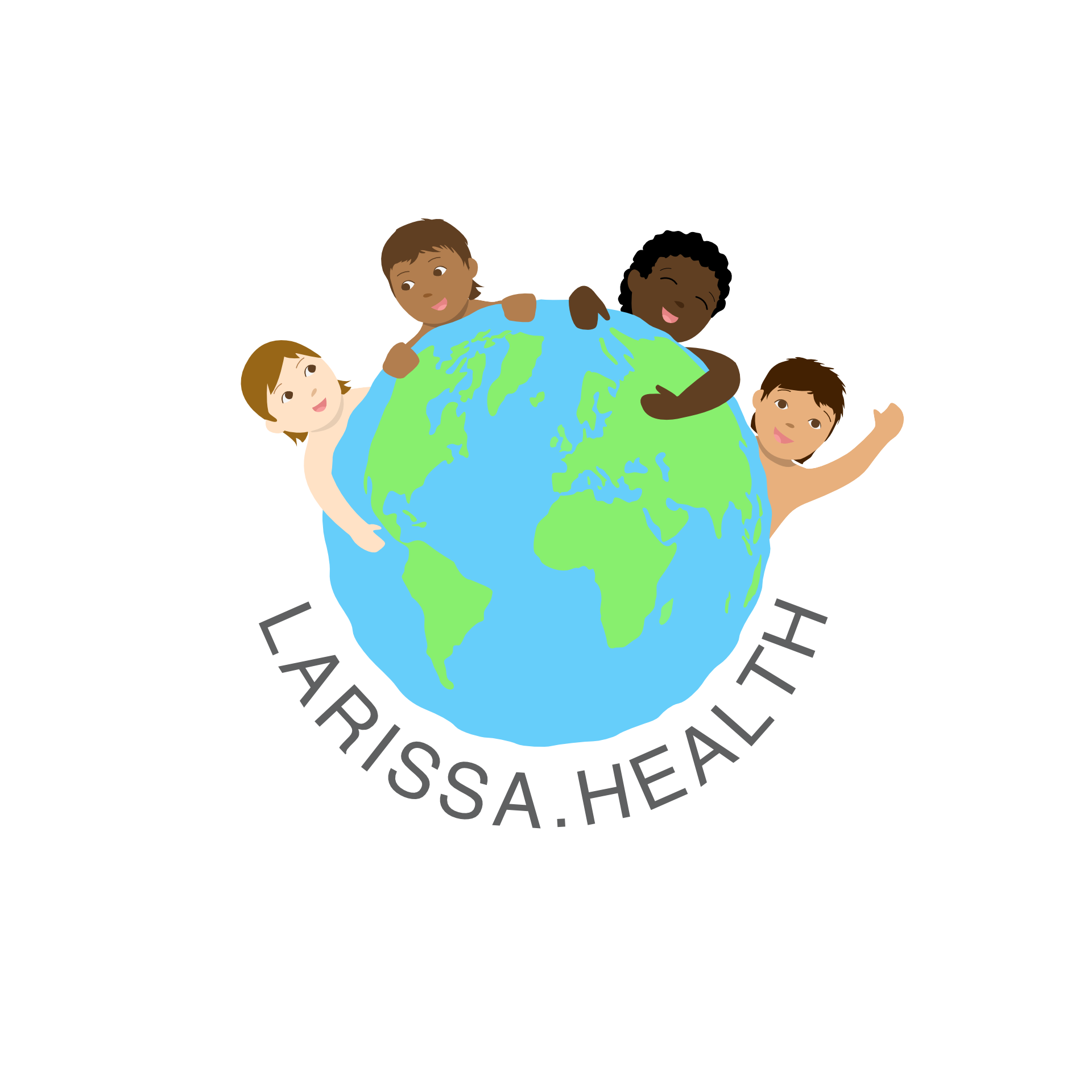Giving Birth in Namibia: The Dangers of Lack of Access to Midwives
Midwives are critical for safe deliveries, yet many women in Namibia don't have access to them.
Giving birth is a natural process, but for women in Namibia, it still can be a matter of life and death. Namibia is yet amongst the countries with comparably high rates, at an estimated rate of 195 deaths per 100,000 live births. Midwives are the solution to assist with deliveries.
It's no secret that the world is in the midst of a maternal health crisis. According to UNICEF, every day more than 800 women die from preventable causes related to pregnancy and childbirth.
In Africa, the lack of access to midwives is a major contributor to this crisis. In Namibia, for example, in 2000 only 26% of births were attended by a midwife while 74% of births took place without any skilled medical assistance. Even more so in rural areas, where a majority of women gave birth women at home without any assistance from a midwife medical assistance. They went into labour with risk to not have access to transport to reach a hospital in the event of complications. This lack of access to midwives comes with tragic consequences, where women die after giving birth at home because of being unable to receive medical attention in time.
Thus birthing complications were named being one of the leading causes of death for mothers in Namibia.
The high rate of maternal mortality in Namibia

Photo by katsuma tanaka on Unsplash
According to statistics from the World Bank, the high rate of maternal mortality in Namibia has decreased significantly in recent years. While In 2013, the maternal mortality rate was 276 deaths per 100,000 live births; this figure had dropped to 195 by 2020. While this is still a high rate, it represents a significant improvement. There are several factors that have contributed to this decline. One is the increase in access to health care facilities, especially in rural areas. Another is the improved availability of skilled birth attendants. Additionally, the government has launched several initiatives to promote maternal health and reduce maternal mortality rates. These include providing training for traditional birth attendants and improving access to family planning services. As a result of these efforts, more women are receiving the care they need during pregnancy and childbirth, and fewer are dying as a result.

However, 195 maternal deaths as a result of complications related to pregnancy and childbirth is still 24 times higher than the average of 8 maternal deaths in Europe and the Baltics. Hence, there is still much work to be done in order to further reduce the maternal mortality rate. More investment is needed in maternal health care and education, as well as in ensuring that all women have access to quality health care services.





